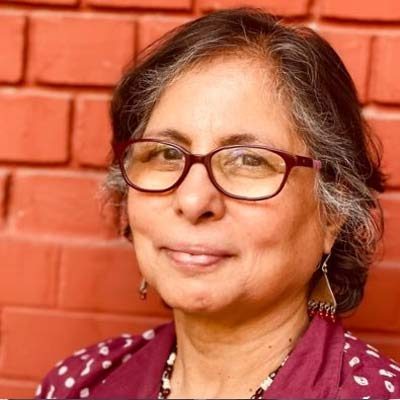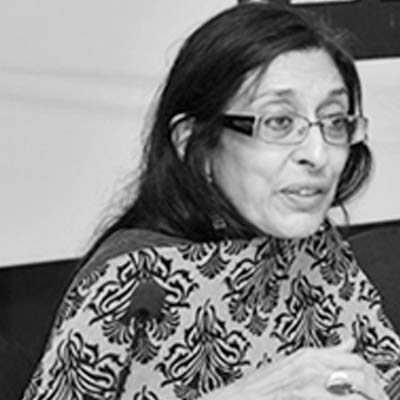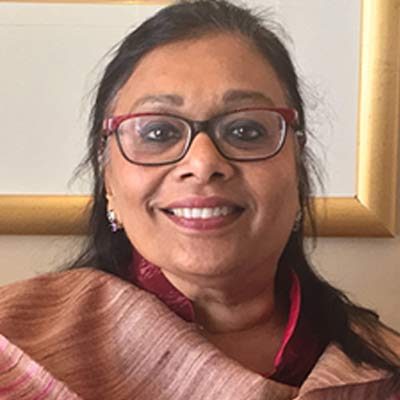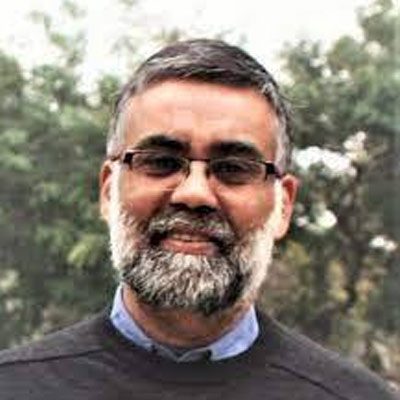
MAINSTREAMING GENDER
SESSION VIDEO
SESSION OUTLINE
In a deeply engaging and profound session, leading feminists, practitioners and thought leaders shared their beliefs about the structural challenges and practical pathways in mainstreaming gender equality in the developmental agenda and discourse of the country.
What has really worked both nationally and internationally in the context of gender equality? What can we do for the future? What has really changed because of COVID? What role can men play in improving gender outcomes? What are some of the barriers they face in being champions and what holds them back?
The starting point for taking forward the gender inclusion agenda in India is about making women count, giving them visibility and the work they do. In the context of gender, While there has been progress on specific issues such as education about health and life expectancy, there are other concerns such as declining sex ratios and workforce participation where focused efforts are needed.
PANEL

Suneeta Dhar
Independent Gender Advisor,
Former CEO, Jagori

Sarojini Ganju Thakur
Independent Gender Advisor,
Former Additional Secretary, Govt of Himachal
Pradesh

Madhu Krishna
Deputy Director,
Bill & Melinda Gates Foundation

Sanjay Srivastava
Professor at Department of Anthropology and Sociology, SOAS University of London and Department of Sociology, School of Humanities and Social Sciences, Shiv Nadar University
SESSION TAKEAWAYS
COUNTING THE WOMEN IN
Women and girls put in 3.26 billion hours of unpaid care work every single day – as per Oxfam study on Women Inequality in India. This translates to approximately 20 lakhs crores contribution to GDP or 20 times education budget in the country. This kind of invisibility creates greater inequalities and loss of productive work opportunities for women. There is an urgent need for a shift from a gender-blind planning process and from the normalization of gender roles in public policies and programs.
GENDER OF INFRASTRUCTURE
Change needs two things: one is political will and the second is recognizing the nature of change. Most of the current programs look at women through the lens of them being mothers, home carers, etc, and are centred around social protection dimensions such as pensions, ICDS, antenatal care, postnatal care, etc. Women are everywhere and these women-centric social protection programs cover a minuscule of the spectrum.
ENDING EVERYDAY SEXISM EVERYDAY MICROAGGRESSION
In the Indian context, the pivotal challenges to gender work are addressing the two most critical, unending issues of gender violence and unpaid care work. Violence is reinforced by structural inequalities of power and intensified by multiple and intersecting forms of discrimination. Tackling the systemic nature of violence, and the fear of violence, that restricts mobility and choice for women and other marginalized groups is a priority for action.
"In the smart city paradigm, with over 100 cities being designed in the country - not a single document that I’ve seen actually addressed gender. This normalises the existing gender structures, because it doesn’t address them!”
- SANJAY SRIVASTAVA
"Women in Indian programs are often seen as mothers and homemakers, but frankly, women are everywhere. Look at Agriculture, 75% of women in agriculture but does 75% of the money go to women?"
- SAROJINI THAKUR
"Gender-based violence is as much a pandemic as COVID, only that it is an older pandemic but it has not received the attention it deserves."
- SUNEETA DHAR